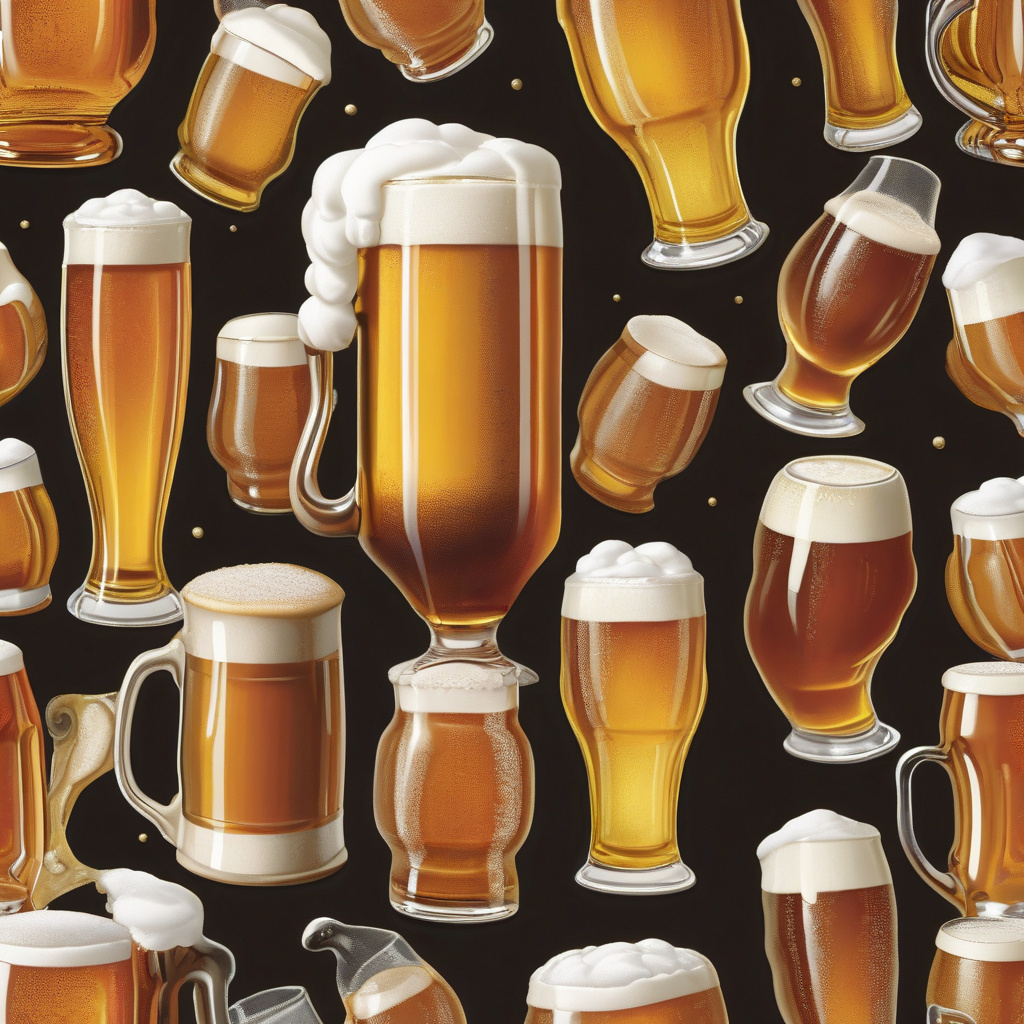Secret to long-lasting foam on Belgian beers revealed, surprising stability reason decoded
Anyone who enjoys a pint knows the frustration when the frothy foam disappears before the first sip. However, Belgian beers seem to have cracked the code for maintaining that delightful foam until the last drop. The secret to their long-lasting foam has been a topic of mystery and fascination among beer enthusiasts and brewers alike. Recent research has shed light on the surprising stability reason behind this unique characteristic.
Belgian beers, particularly those of the Trappist and Abbey styles, are renowned for their rich flavors, complex aromas, and, of course, their persistent foam. This luxurious foam not only adds to the visual appeal of the beer but also plays a crucial role in the overall drinking experience. While many factors contribute to the quality of foam on beer, such as the type of glassware used and the pouring technique, Belgian beers exhibit exceptional foam stability that sets them apart.
The key to the long-lasting foam on Belgian beers lies in their meticulous brewing process, which includes the use of special ingredients and techniques. One of the primary factors that contribute to the foam stability is the presence of a higher concentration of proteins in the beer. Proteins, derived from the malted barley used in brewing, act as natural foaming agents and help create a robust and long-lasting foam structure.
Moreover, Belgian brewers often incorporate a secondary fermentation process in the bottle, where additional sugars and yeast are added before sealing the bottle. This secondary fermentation not only enhances the flavor profile of the beer but also contributes to the development of carbonation, which is essential for forming and maintaining foam. The interaction between proteins, carbonation, and other compounds in the beer results in a foam that is not only voluminous but also remarkably stable.
Additionally, the choice of yeast strain plays a significant role in the foam stability of Belgian beers. Belgian yeast strains are known for their unique characteristics, including the production of specific proteins and esters that contribute to foam retention. These specialized yeast strains, combined with the traditional brewing methods honed over centuries, create an ideal environment for the formation of long-lasting foam on Belgian beers.
While the exact mechanisms behind the foam stability of Belgian beers are complex and multifaceted, the end result is a sensory delight for beer enthusiasts. The intricate interplay of ingredients, brewing techniques, and yeast strains culminates in a pint of beer that not only tastes exceptional but also looks visually appealing from the moment it is poured until the final sip.
In conclusion, the secret to the long-lasting foam on Belgian beers lies in a combination of factors, including the protein content, secondary fermentation, and specialized yeast strains. By understanding and leveraging these elements, Belgian brewers have mastered the art of creating beers with enduring and luxurious foam that enhances the overall drinking experience. The next time you raise a glass of Belgian beer and marvel at its frothy crown, remember the dedication and craftsmanship that go into every sip.
BelgianBeer, FoamStability, BrewingSecrets, BeerEnthusiasts, BrewingTechniques









